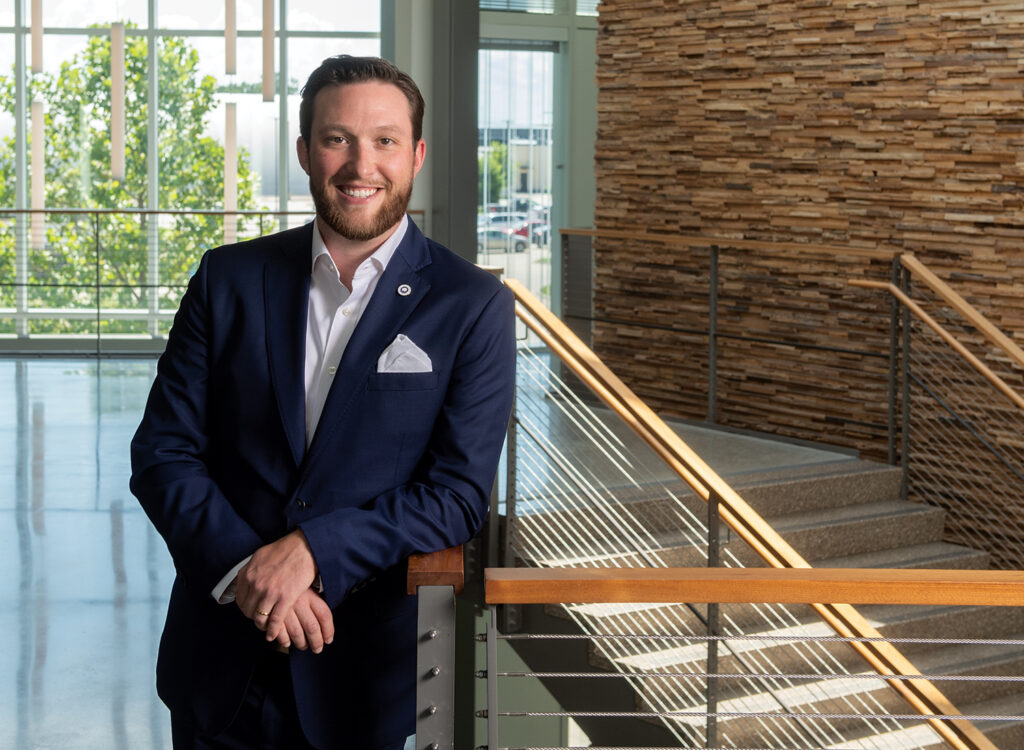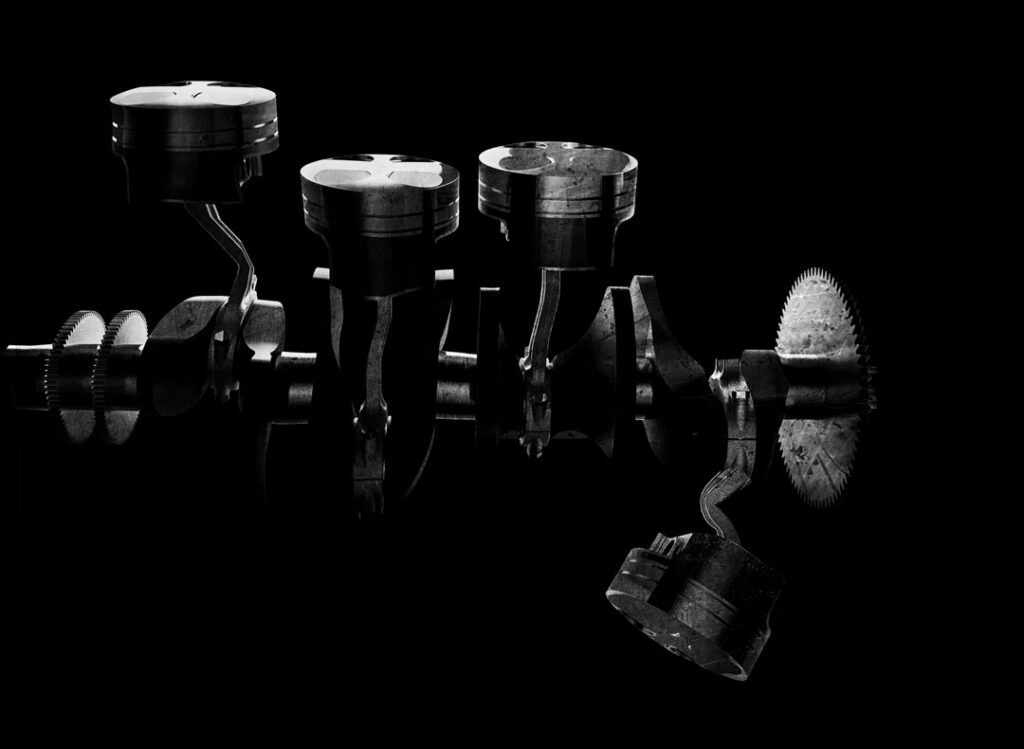The Elbert Files: Airport rebuild: how big is big?

The proposal to build a new $420 million terminal at Des Moines International Airport has been described as the largest vertical public construction project ever proposed in Iowa.
To understand what that means, it helps to know that vertical construction refers to buildings, as opposed to horizontal projects, which involve things like highways, sewers and airport runways. Horizontal projects are typically larger and more expensive for the simple reason that a single project can roll on for miles, or in the case of interstate highways, hundreds of miles.
Here are a couple comparisons to give you sense of how significant this project is: The five-year, 14-mile rebuild of Interstate 235 through West Des Moines, Windsor Heights and Des Moines cost about $430 million. And if you combined the cost of the Iowa Events Center ($217 million), the Principal Riverwalk ($72 million), Science Center of Iowa ($62 million) Des Moines Central Library ($32 million) and World Food Prize Hall of Laureates ($29 million), the total would be about $412 million.
But why, you ask, build a new terminal at a new location south of the existing terminal? Wouldn’t it be less costly to just expand the old terminal, as has been done many times since the original was built in 1948? Airport Executive Director Kevin Foley and consultant David Fisher, a longtime fixture in Iowa business, have been meeting with small groups in recent weeks to explain the situation.
Yes, they say, it would be less costly to expand the current terminal, if that could be done.
But it can’t. The current site is at capacity and landlocked by existing infrastructure, leaving it with no room for significant expansion. It is simply not possible to crowd additional jet airliners around the airport’s existing A and C concourses or to add a new concourse.
The current proposal is the most cost-effective of several ideas studied by airport consultants.
Moving the terminal south from its current location on Fleur Drive to a new Army Post Road site, which is now occupied by United Parcel Service Inc. and FedEx Corp., greatly increases the amount of space available for expansion. The site is available because the large air cargo carriers are switching to more land-based operations, eliminating the need for the large amount of space that was set aside for them more than a decade ago.
So, how busy is the airport? Unless you’re there every day, it’s hard to realize how much traffic has increased in recent years, Foley said. Between 2009 and 2014, the number of people leaving and arriving has increased by more than 30 percent to more than 2.3 million passengers.
The increased traffic is already causing bottlenecks in baggage, restroom and security areas and is on track to result in even more significant problems.
Last year, the airport board, chaired by attorney Edgar Hansell, decided that a new terminal is the best solution. And after considering several options, they chose to locate it on the air cargo site, which already includes millions of dollars of poured concrete that can be reused in the new plan, Foley said.
The $420 million cost estimate is at this point a ballpark figure and could well increase with inflation as the proposed construction period, 2022-2024, approaches.
Design of the new facility won’t begin until 2019 or 2020, by which time airport officials hope to have nailed down funding.
As it stands right now, they have identified sources for roughly $220 million, leaving a funding gap of about $200 million. For reasons too complicated to explain here, that $200 million cannot be debt. Possibilities include government grants, increased airport user fees and corporate sponsorships, Fisher said.
“There’s strong support for this airport in Central Iowa,” Fisher said. It helps, he added, that a new study shows that the economic impact of the airport to the Iowa economy last year was more than $640 million.










